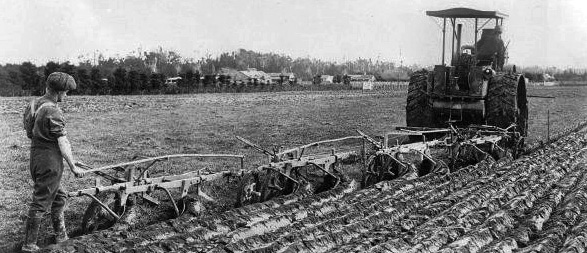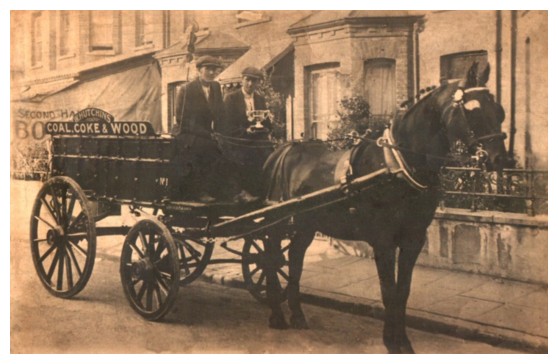Landscape and Introduction to New Animals and Vegetation
The landscape changed drastically around the 1920’s as much of the native forestry was cut or burned down for homes, agricultural purposes and other buildings like convenience stores and schools. Europeans settled into the Botany area and brought with them many new plants such as grass, roses and pine trees. The Europeans also brought gorse for fencing property lines but because the gorse was growing in different conditions, it became hard to control as it grew very quickly and soon became an unwanted plant. Other common vegetation that the Europeans had brought with them were poplar trees, roses, sunflowers, oak trees, blackberry (which was also used for fencing purposes), hawthorn and wheat. Animals such as rabbits and ferrets that were introduced eventually became pests due to the rapid reproduction rates. These two animals are now threatening the existence of native animals such as the iconic kiwi.
Work Life and Education
Life was simple for Europeans, with the traditional belief of women needing to attend to domestic housework with the men working agriculturally and with the public, in convenience stores for example.
Large families were very common with usually at least seven or eight children. This meant that young boys would drop out of school to help their fathers on the farm, manning the local convenience store, or to help cut timber to support their large families. Before the 1920's, girls were summoned to help their mothers with domestic housework such as ironing, washing and cooking.
Continuing with the traditional belief of the rights of men and women, the European community became much more open-minded and gave the opportunity for girls to attend school. As the agricultural industry was becoming stronger, more workers were employed and boys were not necessarily needed to help their fathers. This meant that the boys could complete a proper education and help strengthen other industries when the required schooling was required such as mechanical engineering.

Photo of men at work courtesy of http://folksong.org.nz/down_on_my_luck/index.html
Food
Food was simple and contained fresh produce. For the breakfast meal, porridge, freshly sliced bread and tea was common. At times, eggs would be on the breakfast plate also. For dinners, peas and potatoes would be present as well as a type of meat. For example, if the family was to have chicken, the bird would be slaughtered, plucked (making sure to carefully take care of the feathers to stuff the pillows with), cleaned and then cooked. Pork was reasonably cheap and quite popular. It was often enough that families would combine to slaughter a pig so it was easier to share the meat around. Families made sure that no part of the animal was wasted, intestines were used for sausage skins, hams and bacon preserved and joints were set aside to be roasted.
Transportation
Horseback, horse-drawn wagons or carts and of course walking, were the limited options people had in terms of transport. However by the early 1930's motor vehicles were introduced to the Botany area. Bicycles had also become very common by that time. In terms of a public "bus," a horse-drawn cart would be used but again, by the early 1930's, motor vehicle buses were established in the area.

Photo of men in horse and cart courtesy of http://www.wadhamsfamilyhistory.co.uk/HutchinsFamilyPhotos.htm
Leisure
The little time that remained after working long hours, attending school and of course completing house chores such as cooking, cleaning and laundry, would be used to relax or be fulfilled with leisure activities. Children would often play with wooden toys, dolls and doll houses and play imaginary games. Spinning tops, stilts and hopscotch were all favoured by children as well. All members of the family would attend church regularly and reading books was common between all ages.
No comments:
Post a Comment